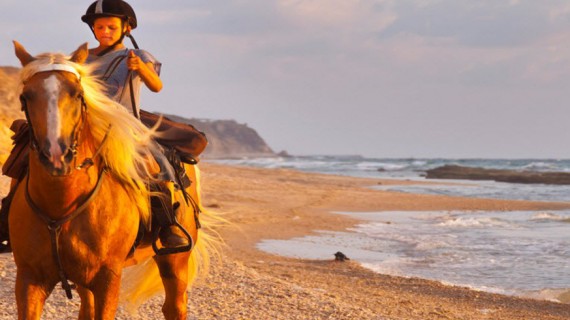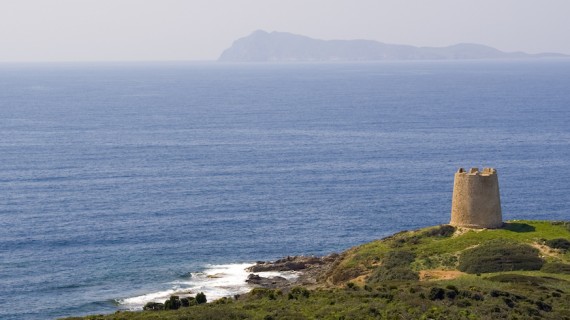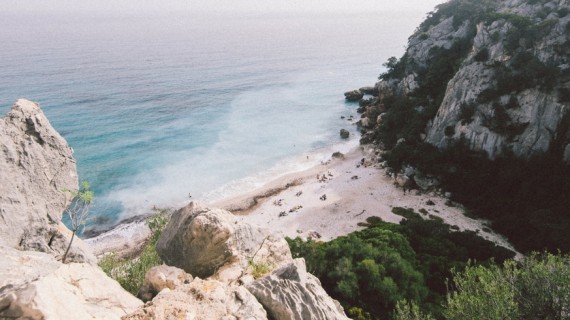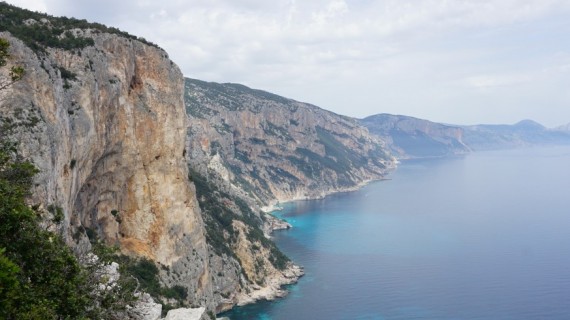Bisos’ history starts in the Central part of Sardinia, where the rhythm of nature lives together with the millennial history of its villages
The set of this wonderful story of sustainability is the heart of Sardinia, in the region’s central city of Oristano, which is very far from the chaotic rhythms of the coast. A mountain landscape, surrounded by a spectacular natural frame of forests, waterfalls, and rivers.
And it’s from this forests and farms that some special and pristine taste, typical of this part of the island, comes. The unmissable carasau bread here finds the good company of cheese, hazelnuts, chestnuts, mountains meats and salami.
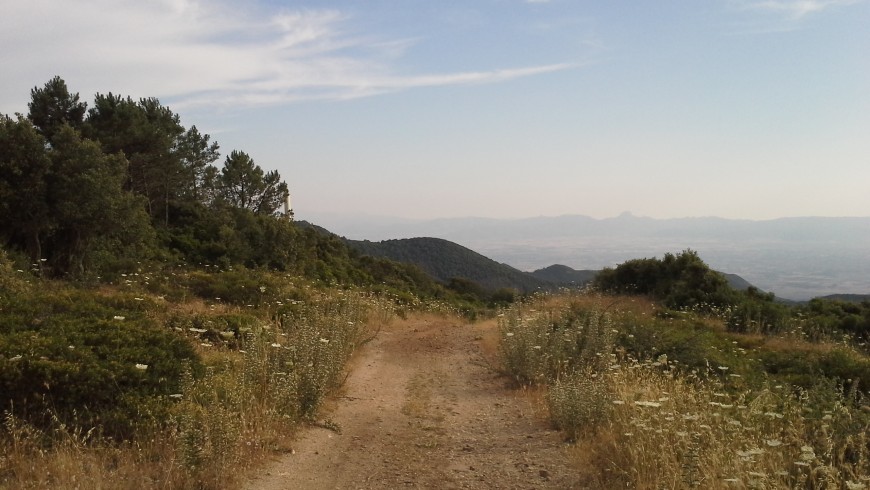
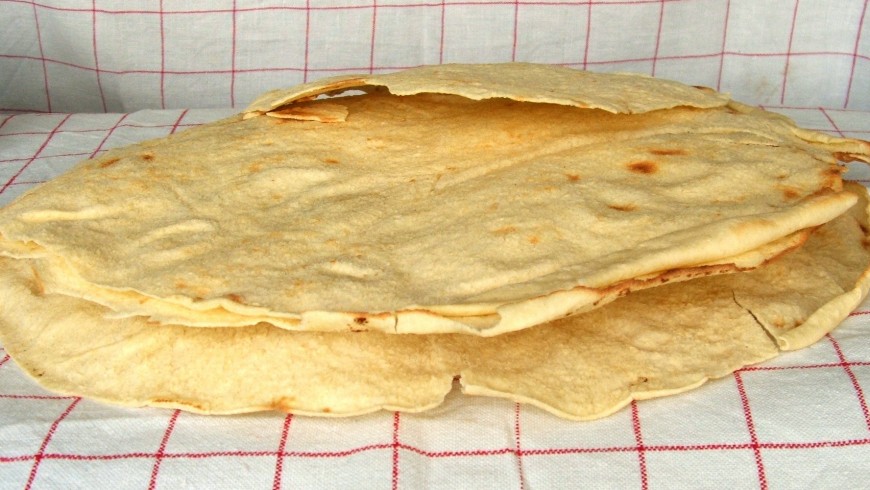
The simple lifestyle made up of fresh clean air, good food and genuine social interactions harmonically coexist with the rhythm of nature and mountains. In this consist the Central Sardinia’s elixir of long life.
We are about to make a slow journey, which sees its roots set in the millennial traditions of Sardinian culture, testified my the sacrality of its villages, and by the warm welcome, their citizen spontaneously gave us.
Paulilatino, the welcoming village where everything started
Our journey starts with the exploration of Paulilatino, a small village of 2300 inhabitants. Located in the Province of Oristano, it spread along the southern part of the Abbasanta basaltic highland. In old times, it was one of the most active centers of the old Guilcer region.
It will be for this reason that today the small center can exhibit pieces of evidence left by its millennial history. Among others, domus de Janas, dolmen, menhir and at least 11o nuraghic sites, including the famous Battizzonis, with donjon and three towers bastion, and Lugherras, a four-tower beauty.
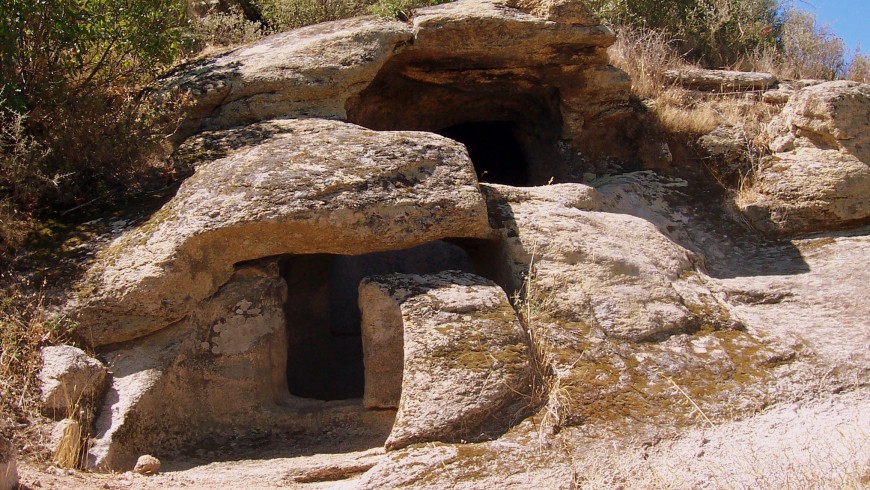
Paulilatino offers pristine views, as it is sourrounded by corks, Mediterrean vegetation, olive trees and vineyards, sprayed by sources. Like the famous Santa Cristina pit, aging VIII century b.C, one of the most prestgious examples of nuraghic architecture, located in a spectacular spot of millenial olive trees.
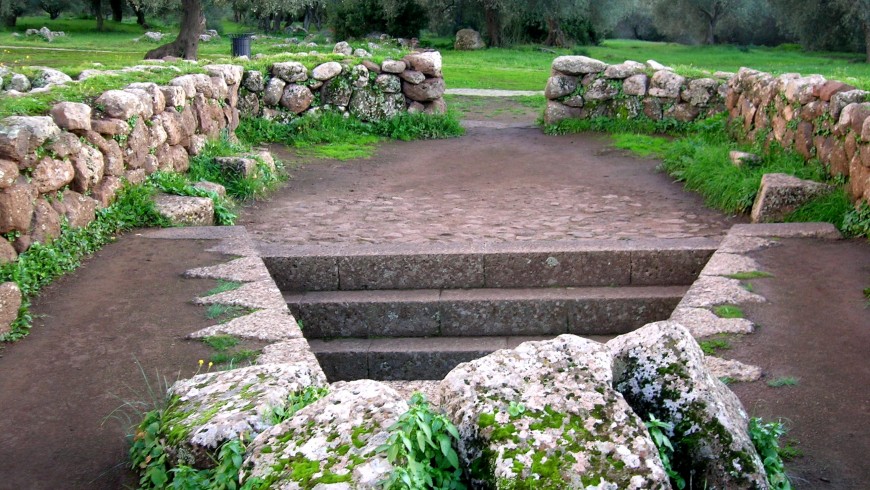
The old Bisos house and the innovative Albergo Diffuso concept
In this fairy tale world, we discover Bisos, which literally means “dreams” in the Sardinian language. Bisos is an ancient dwelling that has belonged to the Urgu family for almost 200 years and has been recovered with the most advanced bio-building techniques, in an ecological and sustainable way.
The rooms, identified with the names of the colors in the Sardinian language, are characterized by original and very particular ceilings and floors. The furnishings are inspired by the Sardinian culture and enhance the materials, such as the wools with natural colors that wrap around the headboards or the handmade curtains. Although the whole structure has been recovered using the most updated techniques of green building, Bisos maintains the architecture of a traditional stately home.
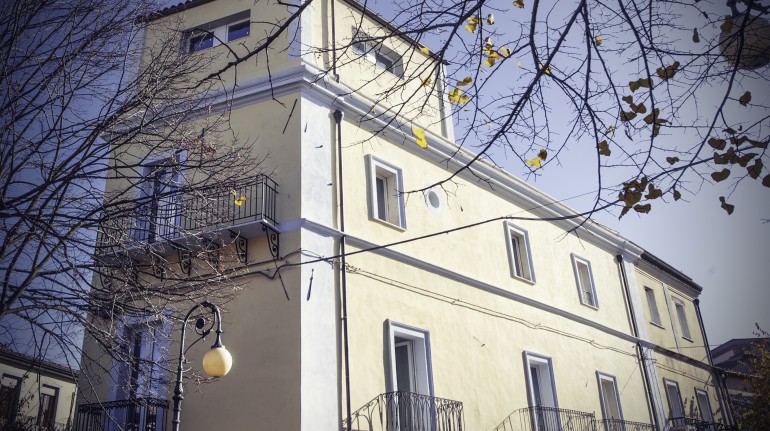
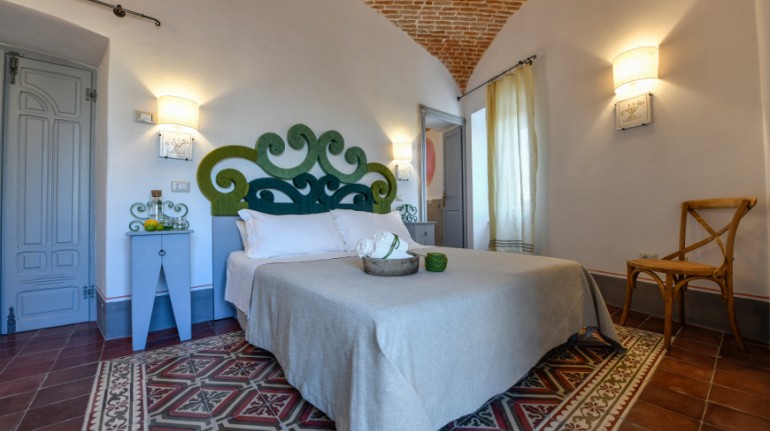
Bisos uses an always more popular model in the tourism sector, the diffused hospitality. Francesco, its owner, has been able to create a real network with the inhabitants, offering his guests much more touristic services, very differentiated when compared to the one’s normal hotel accommodations.
If you are green-travel addicted like us, always looking for innovative touristic formulas, which are able as well to mirror the characteristics of the place, than Bisos hotel concept is definitely for you!
What Bisos offers is an idea of accommodation that goes far beyond the structure and involves the village’s inhabitants and their lives. Something that has the aim to “bring to life” the village of Paulilatino under a social, cultural and economic point of view. The whole concept is about the idea of becoming part of the normal living of the place, discovering its rhythms, times and way of living, together with the same inhabitants.
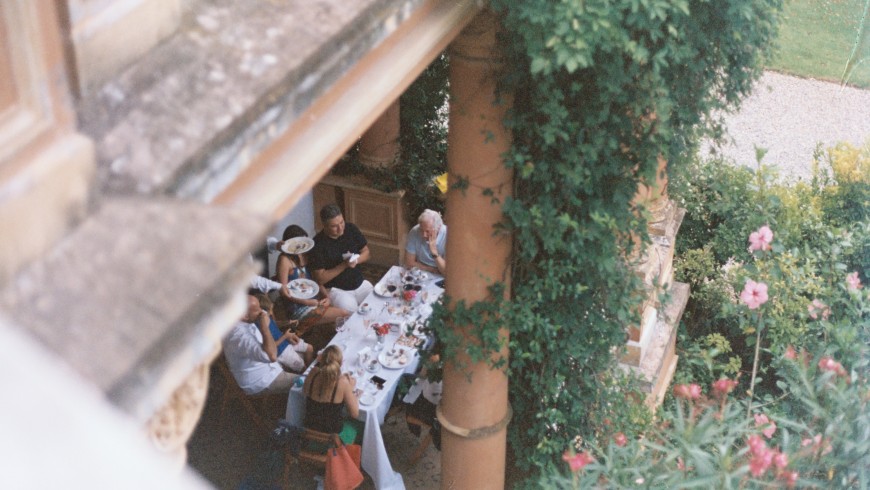
Francesco Urgu, the owner of Bisos, told Ecobnb something more about this innovative hotel concept and on the idea of founding Bisos.
Interview with Francesco Urgu, Bisos’ owner and bio-architect
How and when the concept of Bisos came to your mind?
I fell in love with the idea in 1998, while I was at a conference on the Diffused Hospitality organized by Professor Dall’Ara. Since then, my dream has always been to bring my own structure to life.
Some years ago, I took the ownership of my family’s structure, Palazzo Urgu, which was built by my great-grandfather in the second half of the Heighteen Century. Thanks to European fundings, I’ve been able to restructure it following the modern principles of bioconstruction and sustainability, without losing the soul, the history and the architectural peculiarities of the building.
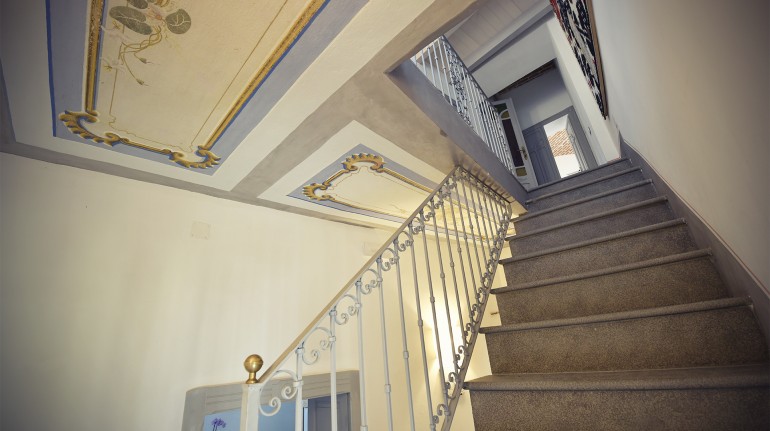
This project summarises all the knowledge I acquired in 30 years as a bio-architect.
It’s as well a bet on a tourism’s idea, customized for a small village and based on highlighting the hospitality vocation that is a fundamental part of Sardinian culture.
Diffused hospitality is mainly possible thanks to the collaboration of the whole Paulilatino’s community, as it involves the participation of several families that, for example, may host the hotel’s guest for lunch or dinner.
What green and sustainable practices you applied?
Eco techniques and materials have made possible to restructure the building, making it beautiful and functional, with high comfort performances. All this while preserving and giving an added value to the testimonies of its glorious past.
As time passed, we reached a very high energy class, which guarantees a high level of comfort.
This is due to the insulation with wood fiber; to lime plaster and painted with natural dyes; to wooden windows with glass that prevent overheating; to the heating system that transmits heat and cold through the floor, the ceiling and the walls. Indoor air is exchanged 24/24 with relative humidity control; the bathrooms have water-saving taps to consume very little water; cleaning is done with the use of natural detergents. For lighting, only LED bulbs are used and the system is equipped with sensors for automatic switching off; soon, almost all the energy needed will be produced by a photovoltaic system on the roof.
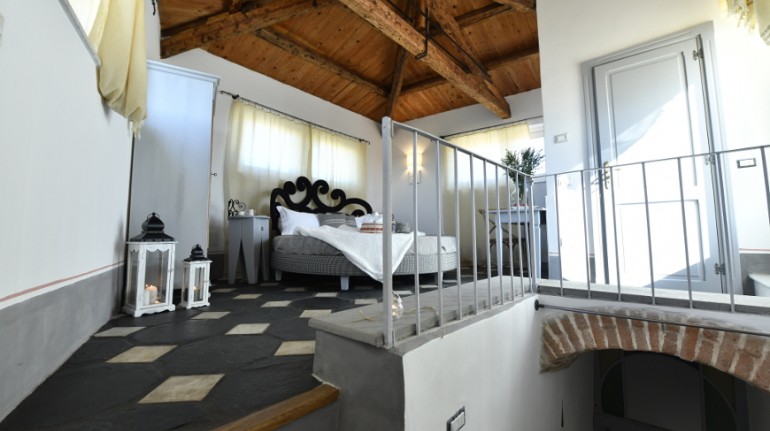
The attention to the environmental issues of the area where the structure is located is realized, as well as ensuring the well-being of the guests, also in offering food and wine products that come from the surrounding area. A virtuous choice that allows visitors to learn more about the local culture and culinary traditions, also through the proposal of taste laboratories.
What do your guests appreciate more?
Undoubtedly, local products breakfast, the use of local handicraft for the furniture, and the overall sustainable philosophy behind us. Sustainable tourism in a small village (2300 inhabitants) is an active way to contribute to the community’s life under every point of view.
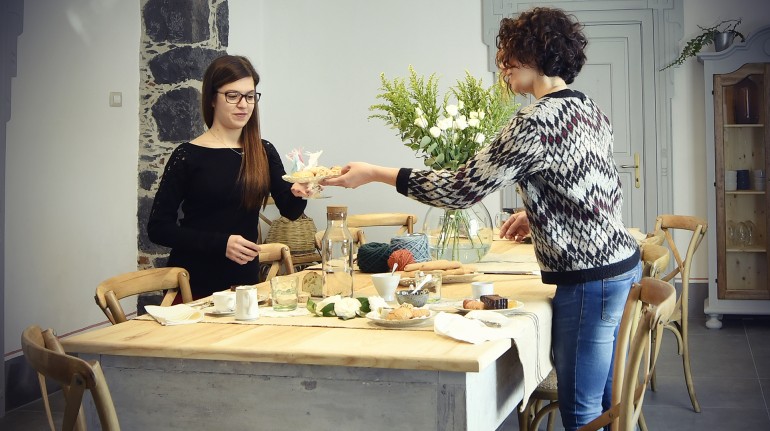
What are the unmissable attractions nearby hotel Bisos?
Montiferru’s area is rich in archeology and is very beautiful for its nature as well.
More precisely, 3km far from Paulilatino you’ll find S. Cristina pit, a fascinating example of Nuraghic architecture dedicated to water’s worship, in a big olive trees park, reachable by feet too in an alternative path along the countryside. There are as well a lot of visitable Nuraghi (walking or biking) in our territory. Roman Fordongianus spa is not so far(14km), they are perfect for a relaxing day.
Fifteen kilometers far you’ll find Sos Molinos waterfalls, while Sinis beaches, protect marine areas, are 30km far. Tourist love Is Arutas beach, where sand is made of the whitest quartz dust. Always not so far there is Omodeo lake, which offers notable landscapes and the possibility to go kayaking along Tirso river.
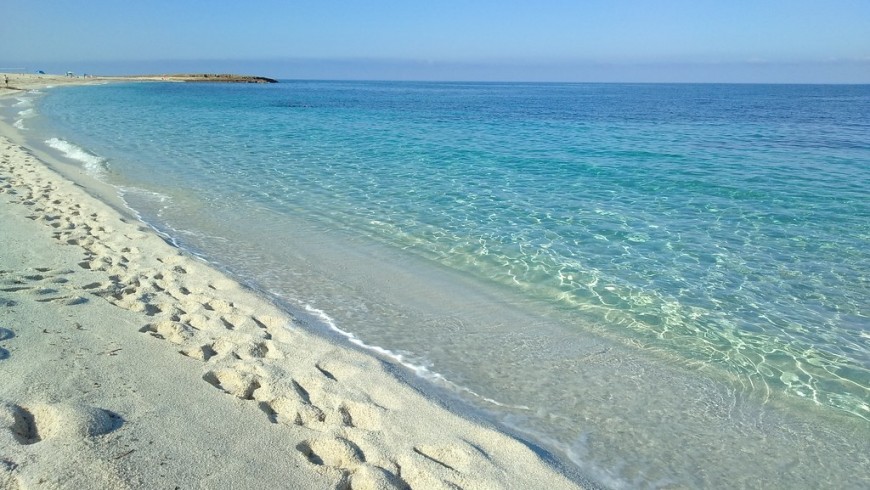
- Sos Mulinos Waterfalls
- Nuraghe Santa Cristina
- Santa Cristina pit
Our central position on one of the most populated Sardinian highways, the number 131, make it easy to move along all the island locations.
What does it mean for you to be an Ecobnb?
Being an Ecobnb means to be sustainably integrated into your own community and territory, establishing links with local producers and artisans, involving inhabitants in making your place a better place to live, thanks to constructive interactions.
It means as well to come out with good practices of energy saving, waste reducing and recycling, all present in Bisos structure.
Thank you, Francesco, for the interview!

Thanks to activities like Francesco’s one, today it is possible to travel green in a totally innovative way, with overwhelming diving into the place’s culture and traditions, without renouncing to comfort, sustainability, and respect of the surrounding environment. We sincerely hope you are willing now to take a tour of the breathtaking Central Sardinia, mother of extraordinary villages that switch between natural pristine landscapes and old testimonies of a glorious past. That nowadays came back to life again, in all its strength, thanks to vibrant communities like the Paulilatino’s one and to winning bets on new tourism ideas.
And you, have you ever slept in a “albergo diffuso” hotel? What is the advantage of this kind of accommodation compared to normal hotels? Give us your opinion in the comments!
Front picture Monte Arci via Flickr
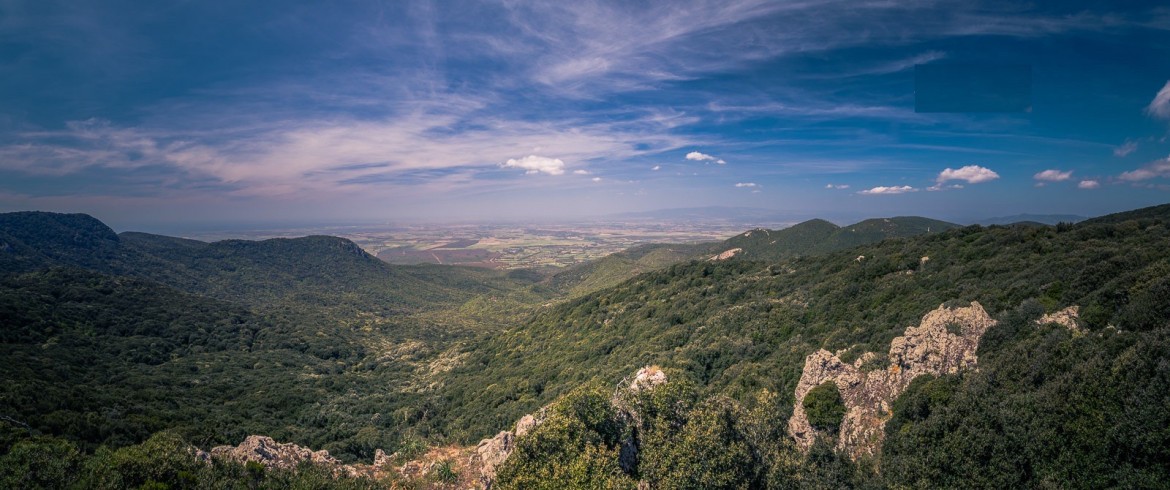
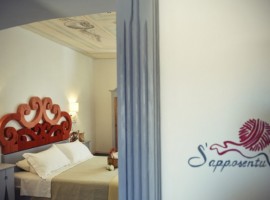
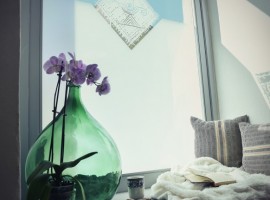
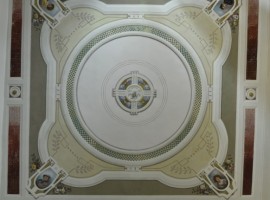
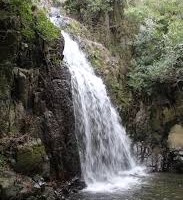


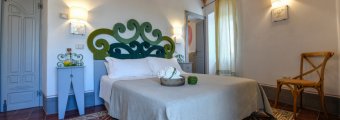 BISOS Ospitalità Diffusa Eco – Green Albergo diffuso in Paulilatino, Oristano, Sardinia, IT
BISOS Ospitalità Diffusa Eco – Green Albergo diffuso in Paulilatino, Oristano, Sardinia, IT 